Aortic aneurysm
The force of blood pumping can split the layers of the artery wall allowing blood to leak in between them. Difficulty breathing if it pushes on your trachea or windpipe.
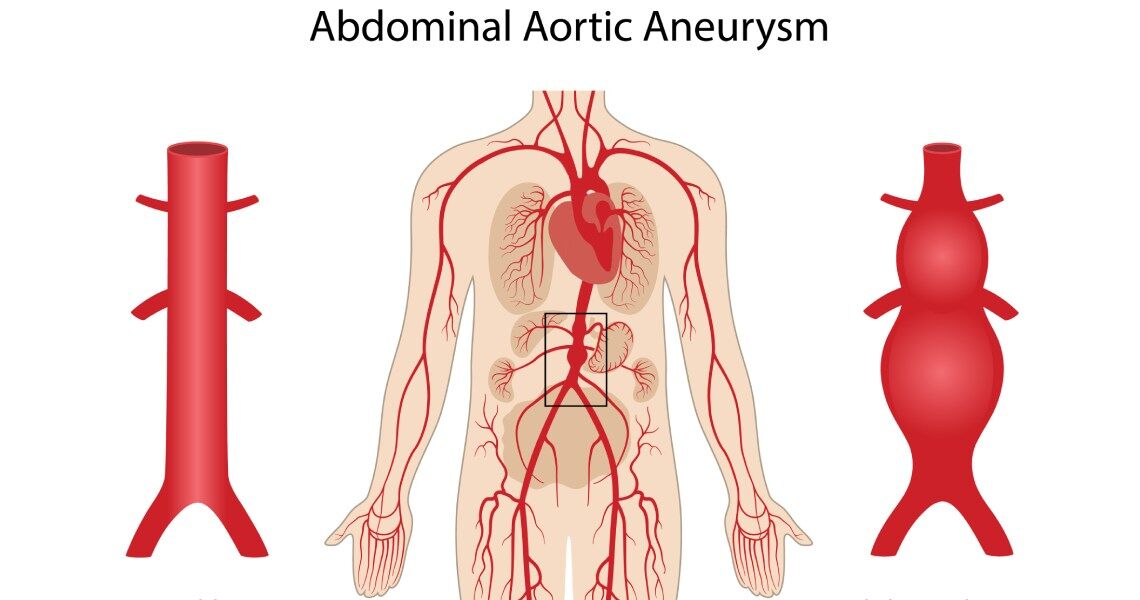
Abdominal Aortic Aneurysm Symptoms And Treatment Dr Lawrence Schmetterer
Smoking can weaken the walls of the aorta increasing the risk of aortic aneurysm and aneurysm rupture.
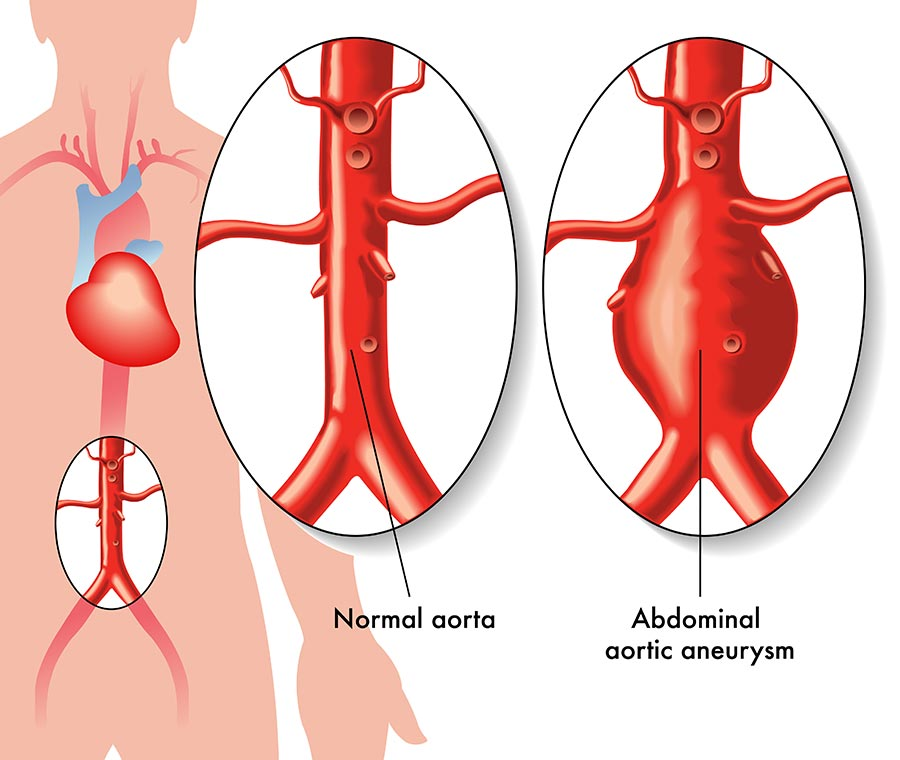
. Some people are born with them. The normal diameter of the thoracic aorta depends on your age your sex and which part of the thoracic aorta is measured. An aortic aneurysm is an enlargement dilatation of the aorta to greater than 15 times normal size.
To diagnose an aortic aneurysm your healthcare provider will do a physical exam and an imaging test. As an aortic aneurysm grows you might notice symptoms including. An aneurysm occurs when part of an artery wall weakens allowing it to abnormally balloon out or widen.
They can also be hereditary. Aortic aneurysms can occur anywhere in the aorta and may be tube-shaped fusiform or round saccular. Aortic aneurysms can dissect or rupture.
Smoking is the strongest risk factor for aortic aneurysms. They might suggest an ultrasound screening too especially if you are a. An aortic aneurysm is a bulge that occurs in the wall of the major blood vessel aorta that carries blood from the heart to the body.
Occasionally there may be abdominal back or leg pain. Feeling full after not eating very much. Abdominal aortic aneurysm risk factors include.
Aortic disease or an injury may also cause an aneurysm. The aneurysm forms in the wall of the artery. The prevalence of abdominal aortic aneurysm AAA has been reported to range from 2 to 12 and is found in about 8 of men more than 65 years of age.
An aortic aneurysm is a balloon-like bulge that affects the aorta the main artery that carries oxygen-rich blood directly from the heart to smaller blood vessels in your body. An aortic aneurysm is a balloon-like bulge in the aorta the large artery that carries blood from the heart through the chest and torso. An abdominal aortic aneurysm occurs along the part of.
Painful or difficult swallowing. As with a thoracic aortic aneurysm your doctor can sometimes detect an abdominal aortic aneurysm during a routine exam. Shortness of breath if the aneurysm presses on your lung.
Pain wherever the aneurysm is growing could be in your neck back chest or abdomen. Feeling full even after a small meal. Difficulty breathing or shortness of breath.
The longer and more you smoke or chew tobacco the greater the chances of developing an aortic aneurysm. Depending on the size of the aortic aneurysm and other factors the aneurysm may press on adjacent organs such as the. Swelling of your arms neck or face.
Pain in the neck jaw back chest stomach area or shoulder depending on where the aneurysm is located. The causes of aneurysms are sometimes unknown. They usually cause no symptoms except when ruptured.
This process is called a dissection. An abdominal aortic aneurysm is diagnosed when your abdominal aorta is three centimeters or greater in diameter. A pulsating or throbbing feeling in your stomach area.
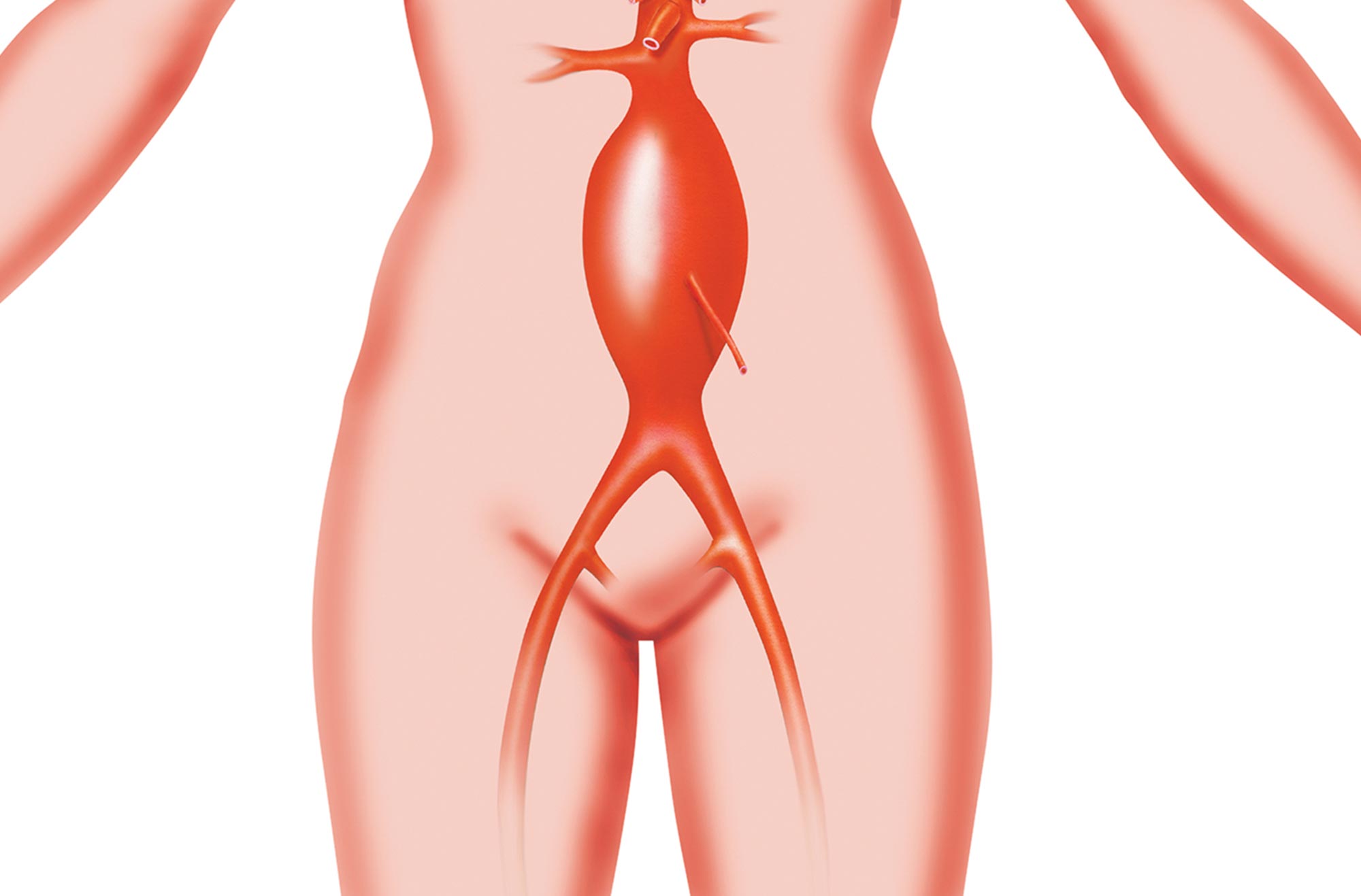
Abdominal Aortic Aneurysm Aaa Penn Medicine
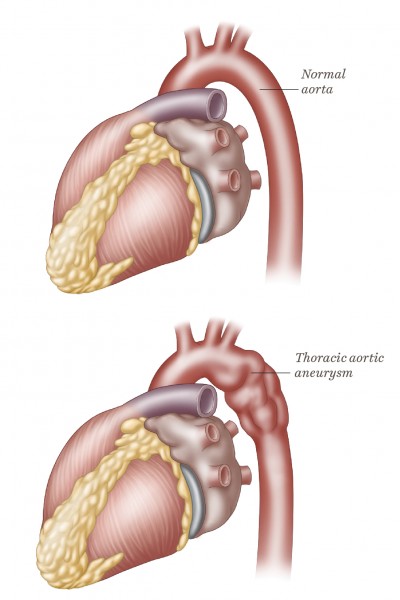
Aortic Aneurysm Temple Health
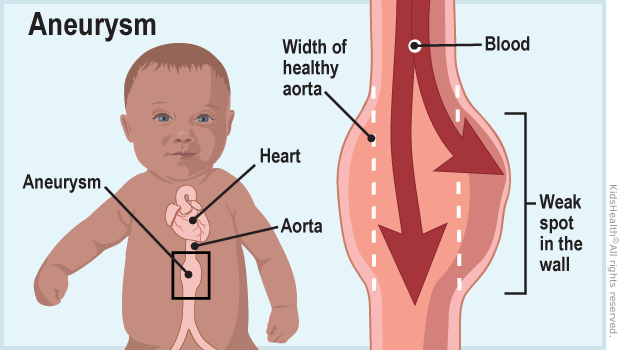
Aortic Aneurysm For Parents Nemours Kidshealth
:max_bytes(150000):strip_icc()/aortic-aneurysm-symptoms-5ad8b7dea18d9e00362e79bc.png)
Abdominal Thoracic And Types Of Aortic Aneurysms

Aortic Aneurysm Wikipedia
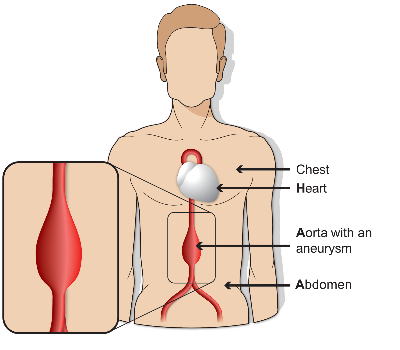
Abdominal Aortic Aneurysm Aaa Screening Programme
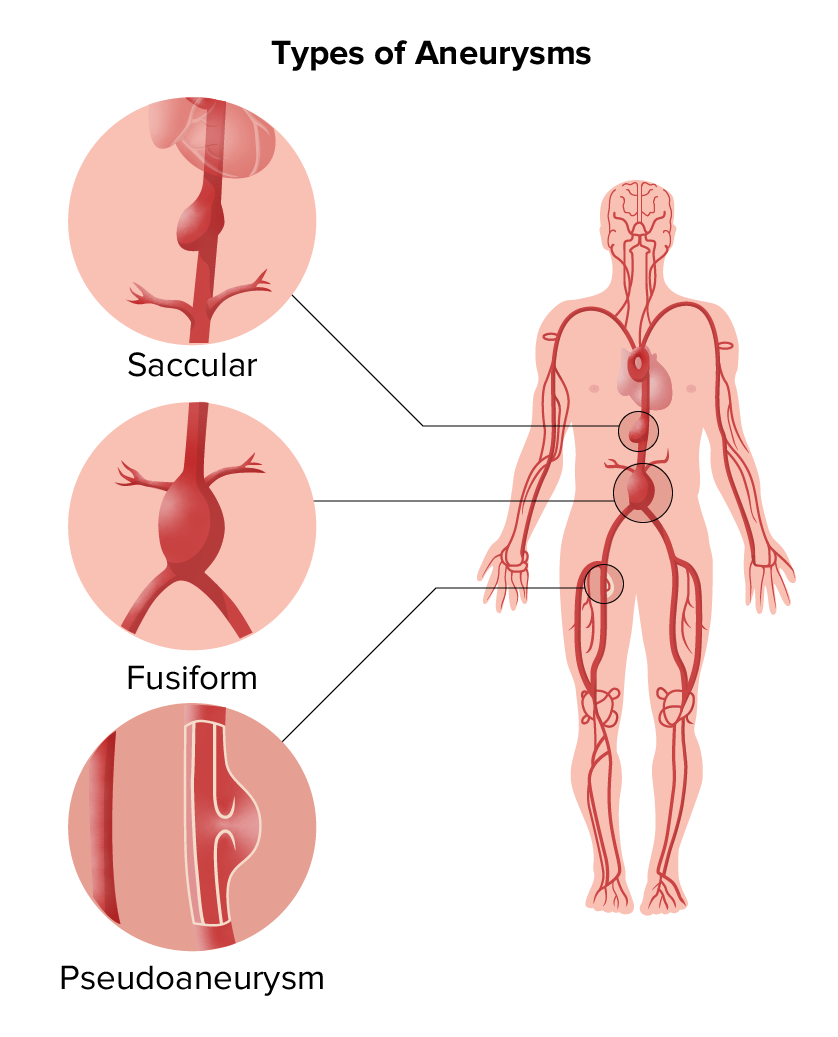
Thoracic Aortic Aneurysms Concise Medical Knowledge
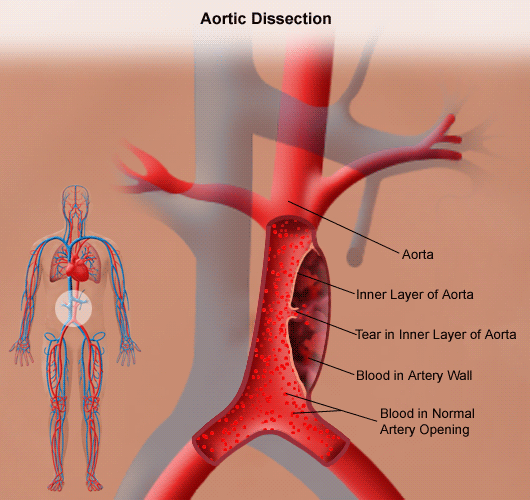
Thoracic Aortic Aneurysm Johns Hopkins Medicine
![]()
Aortic Aneurysm Is A Life Threatening Vascular Disease
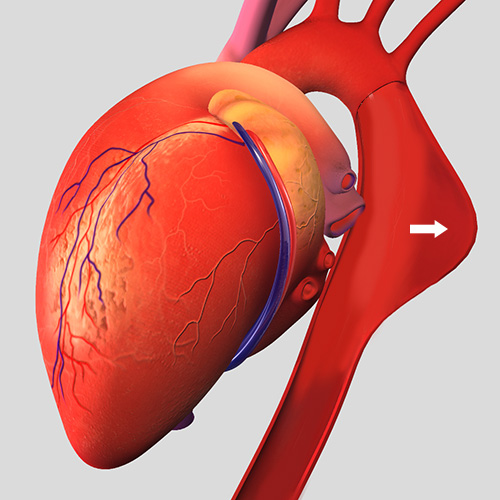
Thoracic Aortic Aneurysm Sydney Endovascular Aneurysm Repair Sydney
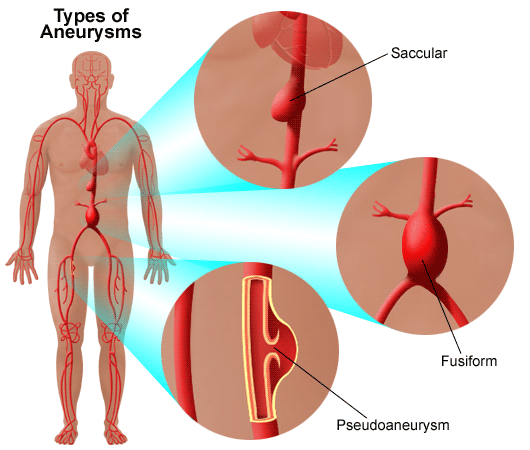
Types Of Thoracic Aortic Aneurysm Taa Stanford Health Care

Abdominal Aortic Aneurysm Innovative Vascular Groupinnovative Vascular Group

Thoracic Aortic Aneurysm Nch Healthcare System
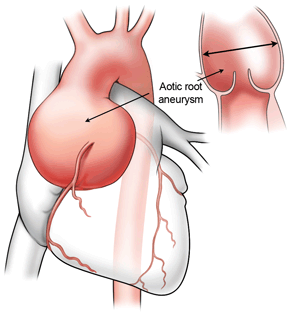
Aortic Aneurysm Columbia Surgery

Aortic Aneurysm Uab Medicine

Ascending Aortic Aneurysm Repair Surgery And Size Criteria
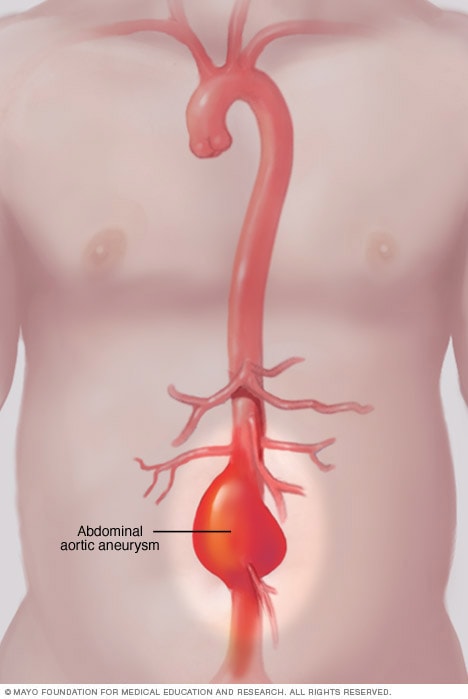
Abdominal Aortic Aneurysm Symptoms And Causes Mayo Clinic